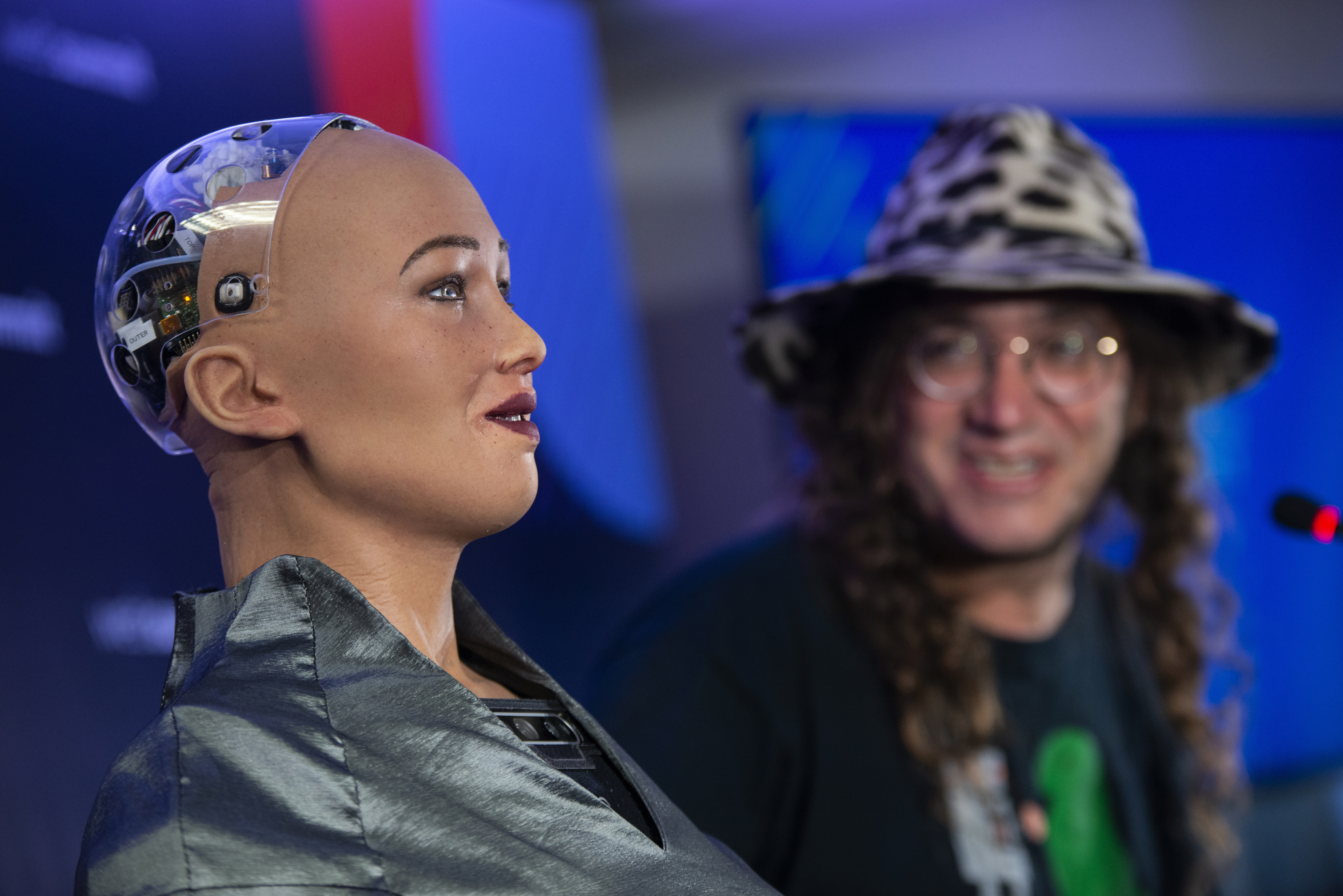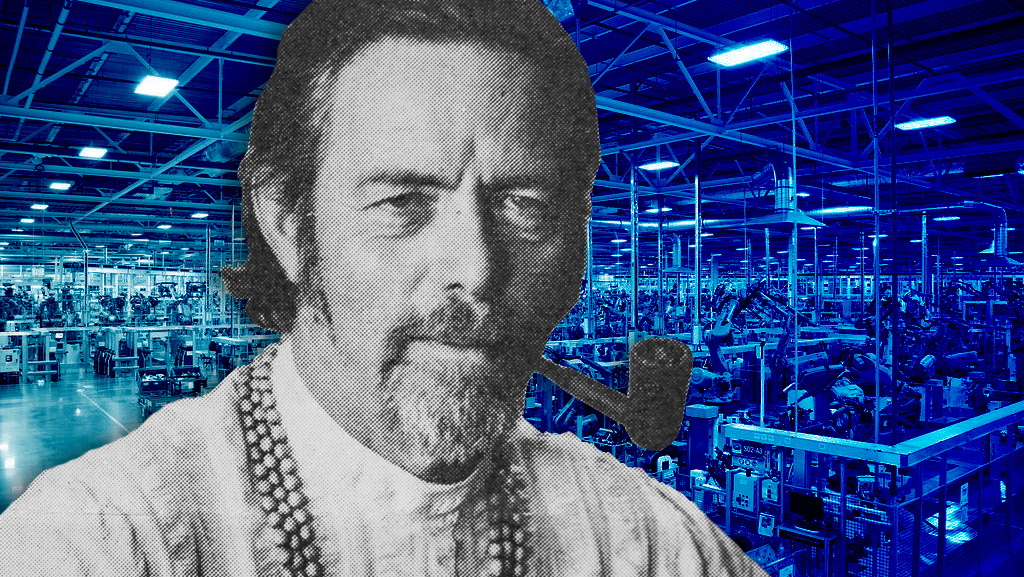Why Elon Musk Thinks Universal Basic Income Is Inevitable

Jobs were a big topic in the 2016 Presidential election in the United States and continues to be a hot-button issue. The loss of manufacturing jobs in the Rust Belt states was largely responsible for propelling Donald Trump to a surprise win. As President-elect, Trump has continued to push the jobs message, making deals like his recent involvement in the fate of Indiana’s Carrier plant to show that he will bring jobs back to regions with great job loss. Yet, regardless of such efforts, many futurists are predicting that a large amount of our jobs will be replaced by automation and robots within a very foreseeable future. Professor Moshe Vardi projected recently that more than half of the workers in the world will be replaced by robots in just 30 years from now. This is in line with a 2013 Oxford University study that put the future number of robot-replaced jobs in America at 47%.
What to do about this looming threat? One obvious solution would be re-educating the labor force, finding a way for it to work with the automation and artificial intelligence that will become ubiquitous. Still there is a strong likelihood that the inequality of wealth distribution will continue to grow around the world, and large parts of the labor force will be simply unable to find meaningful employment.
Elon Musk waded into this discussion recently by suggesting that a different economic system would have to be in place.
“There is a pretty good chance we end up with a universal basic income, or something like that, due to automation,” Musk told CNBC in an interview. “Yeah, I am not sure what else one would do. I think that is what would happen.”
The idea of universal basic income (UBI) is that the government would provide citizens with a minimum amount of money to live on. Proposals for UBI are being considered in Switzerland, Finland and the Netherlands, while Canada is instituting a pilot program in 2017 to provide supplemental income to keep people above poverty level in the province of Ontario.
While it will dramatically change our lives, Musk doesn’t see automation as an inherent evil, however. It’s just an inevitable transformation in society.
“People will have time to do other things, more complex things, more interesting things,” said Musk. “Certainly more leisure time. And then we gotta figure how we integrate with a world and future with a vast AI.“
Will Universal Basic Income come to the United States? It’s hard to believe that now when even discussions around increasing minimum wage, which has not kept up with inflation, get bogged down in inaction due to partisan bickering in Congress. But the reality of more than half the population having no work will likely prompt many changes we cannot yet anticipate or feel comfortable with. It’s important to start the discussion now, before being confronted with more and more people who are out of the labor force because there are simply not enough jobs they can perform.
Cover photo: CEO and chief designer of SpaceX Elon Musk speaks at the 2014 annual conference of the Export-Import Bank (EXIM) April 25, 2014 in Washington, DC. (Photo by Alex Wong/Getty Images)





